Avatar: The Last Airbender: "Chapter Nine: The Waterbending Scroll," "Chapter Ten: Jet," and "Chapter Eleven: The Great Divide"
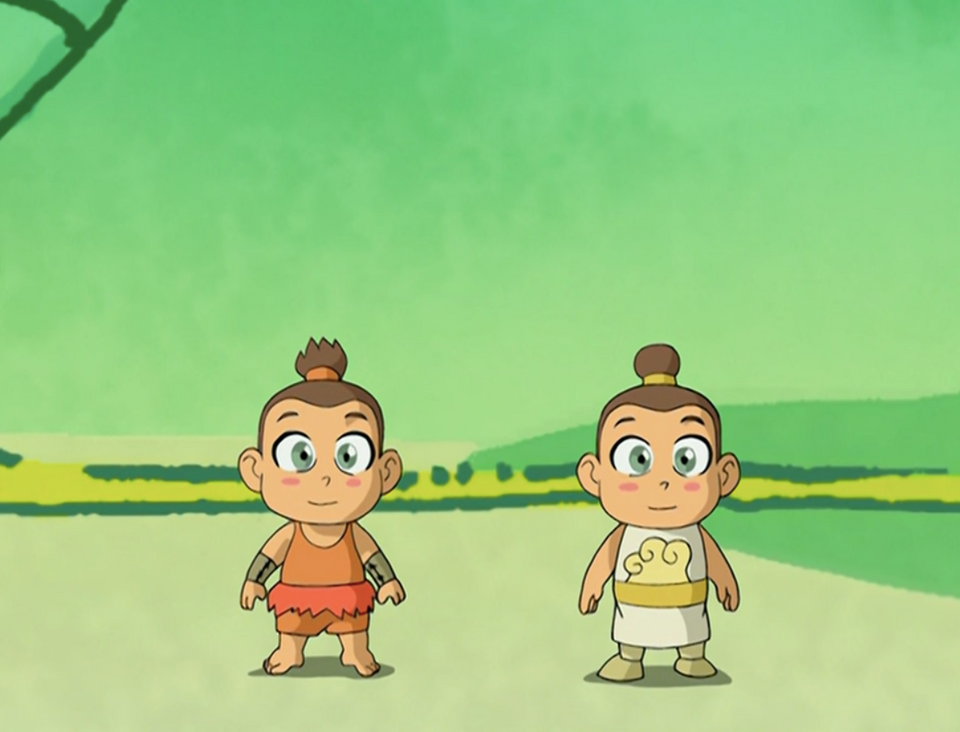
(This is the fourth installment of my weekly recaps of Avatar: The Last Airbender, the Nickelodeon animated series that ran from 2005 to 2008 to much critical acclaim. I’ve never seen it! These recaps are only available to paid subscribers.)
“Chapter Nine: The Waterbending Scroll” (originally aired April 29, 2005)
“Chapter Ten: Jet” (originally aired May 6, 2005)
“Chapter Eleven: The Great Divide” (originally aired May 20, 2005)

“Don’t you remember that I told you you would worry this show wasn’t for you at exactly this point?” Cassie said as we got about halfway through “The Great Divide.” And, yes, I remembered that she had said that. And still! I found myself worried that Avatar: The Last Airbender wasn’t for me at exactly this point.
It’s not that these three episodes are bad. They’re not. I enjoyed all three on one level or another, even if the main level by which I appreciated “The Great Divide” was “Hey, that’s Odo!” I had fun watching these episodes. They were reasonably diverting. I even kind of enjoyed the obvious bad boy archetype Jet, even if he seemed like he was designed to set up the NEW Jet’s Tree Fortress playset from Kenner.
All three episodes follow the Avatar formula (at least as established so far) to a T. They boast some neat guest characters and a few really solid voice performances. They feature the series regulars in stories that show off just why they’re characters we already enjoy spending time with.
But I don’t really have anything to say about any of these episodes. They are really well done variations on a TV form that has never done much for me — the kids cartoon that offers up a quick moral alongside some fun adventures. But in the process of watching these episodes, with their slightly stiff animation style (which is, to be clear, an aesthetic choice that really works for this show), I realized just why I bounce so hard off this particular TV form. It’s not the form; it’s the content.
These three episodes of Avatar, for whatever reason, most reminded me of The Greatest Adventure, a Hanna Barbera-produced direct-to-video series, with 13 episodes released between 1985 and 1992. The Greatest Adventure focused on a trio of teens drawn into the past, where they visited stories from the Bible. If you arrange the stories in the order they appear in the Bible, you get a roughly coherent narrative of mainline American Christianity — from creation to Christ.
The Greatest Adventure was far from the only ‘80s series to send kid characters back to Bible times. The Japanese-produced duo of Superbook and The Flying House sent kids to the Old and New Testaments, respectively, with fairly conventional anime art styles being applied to scripts written primarily for American Christians. (In this case, both series were co-produced by the Christian Broadcasting Network, which eventually morphed into the Family Channel and which is now Freeform.)
But The Greatest Adventure had better production values than the other ‘80s-era Bible-hopping shows. It was clear the project was an important one to Hanna Barbera, and it featured what amounted to some of the better animation the notoriously budget-conscious studio ever produced, along with a number of celebrity voice-over gigs. No less than James Earl Jones voiced the Pharaoh in the story of Moses.
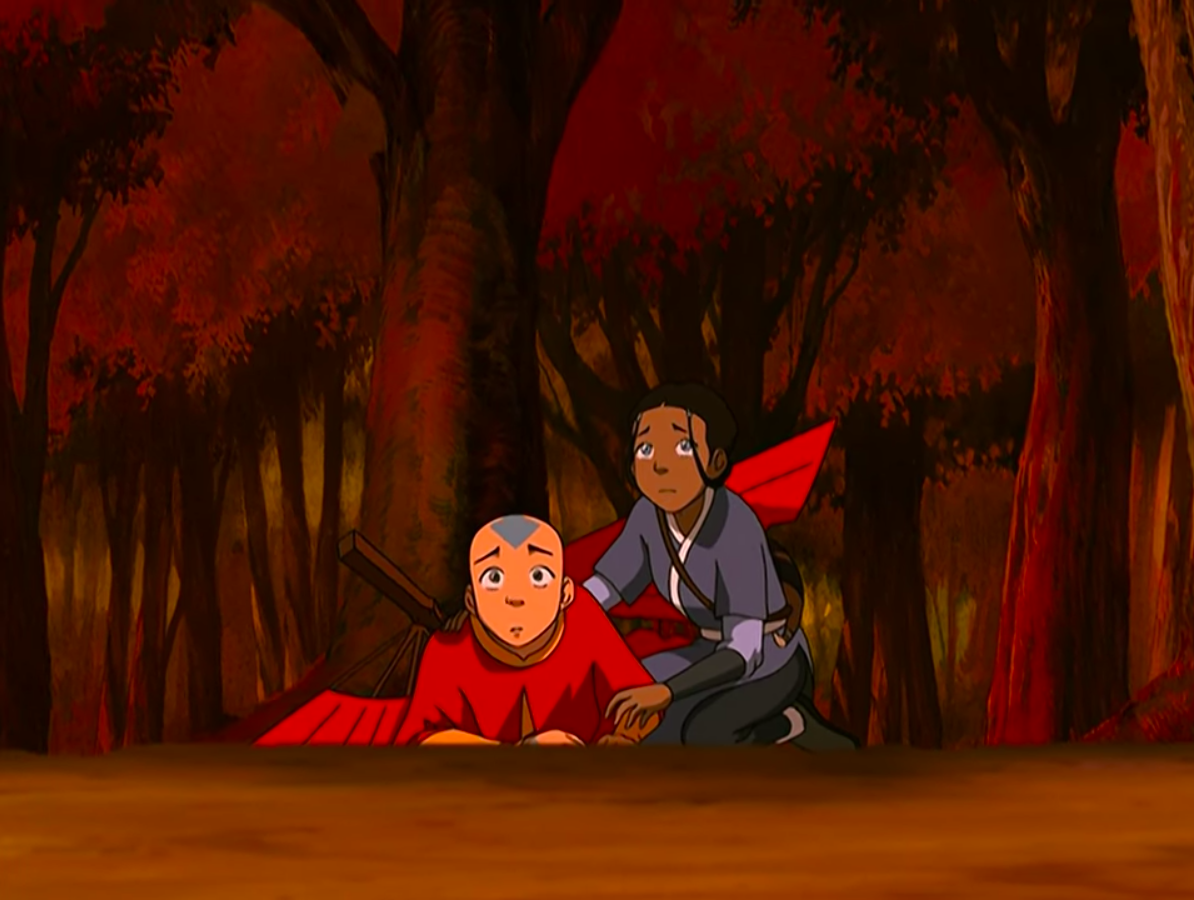
I want to reiterate that I do not believe Avatar to be anywhere near the junky quality of these ‘80s series. Avatar boasts better animation, writing, and acting than the earlier series, and its concept of morality is more nuanced than that of a series based on literal Bible stories being watered down for children. But I do think there’s a throughline from the ‘80s Bible shows and my general antipathy to animated shows with an assumed kids audience (though not exclusively a kids audience) in the present day.
We can see this most clearly in “Jet,” which is probably my favorite of the Avatar episodes this week but also an episode that nods toward a complex but ultimately simplistic moral designed to give kids something to chew on. The premise of the episode is that Jet is a freedom fighter from Earth Nation, who strikes back against Fire Nation invaders. He and his fellow kid warriors (who seem like a bunch of characters hatched when one of the Avatar writers came back from a long weekend and said, “Y’all seen Hook recently??”) go to battle against the Fire Nation via tactical strikes and the like.
At the core of “Jet” is a moral that is, I think, not a bad thing to get viewers to ponder: At what point in fighting a long war does the side fighting for what’s right still have to grapple with the sins it will commit along the way? Jet’s ultimate plan in this episode is to blow up a dam. A nearby town will be flooded, resulting in the loss of civilian life, but a Fire Nation garrison will also be destroyed. The ultimate solution is that Sokka evacuates everybody, Fire and Earth Nation alike, so when the dam blows, nobody dies.
As morals go, I don’t know that this is a bad one. Jet’s refusal to back down from a plan that will result in a catastrophic loss of civilian life marks him as someone who probably needs to be stopped. But it’s also telling that the episode doesn’t really depict Fire Nation at its worst. The one major representative we meet is an old man who seems as if he’s been clearly framed by Jet to appear more vicious than he really is. This storytelling choice allows the show to introduce complexity in one area — viewers are encouraged to think about how Jet’s charisma may have influenced our opinions of him initially — while reducing complexity in another. If Fire Nation is really as bad here as it has been in other episodes, at what point are Jet’s paranoia and harsh attacks justified? Is there one?
Of course, I’m looking at this from a 2021 point-of-view, where the idea of fighting against a vaguely fascist dictatorial state carries a lot more immediate weight than it did back in 2005. That’s the thing about morals in stories like this: They have a tendency to work best as hypotheticals to ponder. Once you actually find yourself with skin in the game, those morals tend to break down.
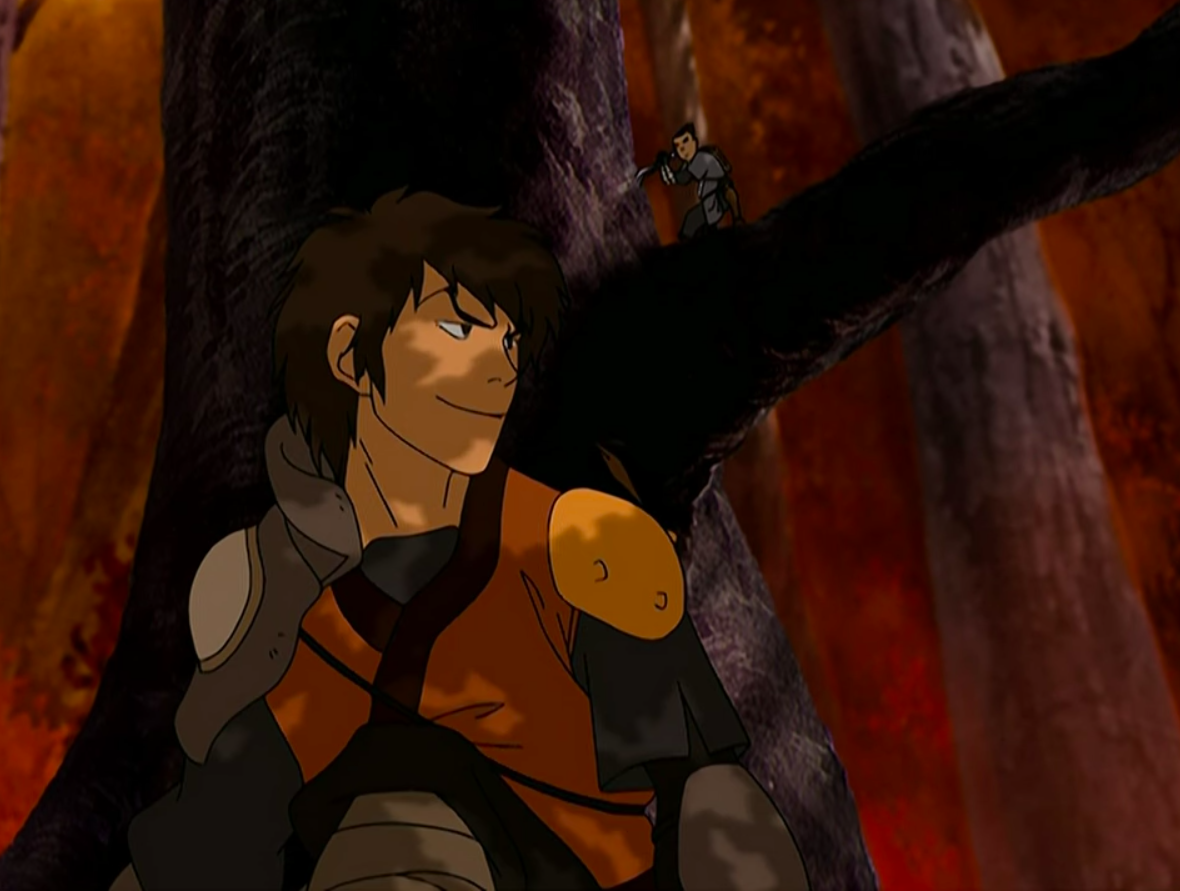
But it’s also important to use those morals to instill a kind of ethical baseline for members of any given society, and we usually instill said baseline in childhood. Avatar isn’t a “kids show” in the most reductive sense. Clearly adults can have a great time watching this series. But in season one, at least, its most core self is very much dedicated to presenting moral hypotheticals. It gives viewers more to chew on than, say, The Greatest Adventure (which always told you exactly what to take away from the Bible story of the week), but it does generally have a hard-and-fast “answer” to what is right and wrong in any given episode, because Aang, Katara, and Sokka will ultimately come down on one particular side of an argument. (Sokka, in particular, is emerging as the show’s moral conscience in a lot of interesting ways.)
This mode — complicated moral hypotheticals that are ultimately boiled down to an “answer” that reduces much of that complexity — is one that most of the best cartoons aimed at kids in the 21st century have played in. The morals these series offer usually dovetail more handily with my own personal code. They tend to line up with values of diversity and tolerance and inclusion. But they’re also subtly handled in a way that says, “And here’s what to take away from this week’s episode!” They rarely have a character stop and tell the audience what we’ve learned, but in many cases, they might as well.
“The Great Divide,” for instance, is probably the weakest episode of Avatar I’ve seen thus far, for this very reason. Aang and company become stranded in a canyon with a handful of warring Earth Nation tribe members, whose schism goes back a full century. It’s clear that to get out of the canyon and move forward in life, these two tribes are going to have to learn to work together (and also learn to work with Aang and his friends, who save the day, of course). And so the episode moves along toward the inevitability of that climax.
And yet… the resolution of the story also involves Aang lying about the nature of the schism, completely making up a scenario where the two tribes fell out over a game and nothing more serious. It strains credulity a bit (surely one of the older tribe members would have had parents who remembered the events), but it’s also just complicated enough to make clear that even if the show engages in easy morals, it only does so up to a point. The answer here is that people should get along, sure, but it also suggests that being blatantly dishonest in the name of togetherness is sometimes a good thing.
These discordant notes pop up all over the show, and it’s part of the reason I’m not particularly worried about the series becoming a long string of “let’s talk about right and wrong” lessons, even though it’s kinda sorta that at this point in its run. The weird stuff is just weird enough to keep me feeling as though we’re headed somewhere — and, okay, y’all’s insistence that this is going somewhere, but I’ll have to power through a few more episodes like these is also keeping me on board.
But I can’t escape the way that when I watch shows like this, I feel like I’m being preached to, and the center of my brain that made me run far, far away from a church that forced me inside the closet of myself lights up with alarm bells. A lot of the people I’ve met who are similarly rubbed the wrong way by shows like Avatar tend to also be people who were raised in repressive religious traditions or other abusive power structures. Inherent to the formula of a show that features moral lessons is that somebody is giving you those moral lessons and knows what’s best. When you’ve been through an entire childhood that taught you that, no, you know what’s best for yourself, it can be hard to shove yourself back into that frame of mind.
The adventures of Aang, Katara, and Sokka are far more complex and fascinating than the stories I consumed as a kid about wayward time travelers visiting Bible times. But the two shows are on a continuum with each other, and that makes me push back against Avatar just a little bit. The fault isn’t within the show, to be clear. The fault is in my own personal baggage. But watching this series has made me better understand just how personal that baggage is — and just how it’s hindering my appreciation of art elsewhere.

Other thoughts I thought:
- It’s a true Emily VanDerWerff power move to be, like, “I just don’t have anything to say about these episodes!” and then immediately offer a 1,000 word digression on morality in children’s television, paired with a personal narrative and an intricate breakdown of two of the episodes in question, but I also need to say things like “I don’t have anything to say” to get past my weird brain sometimes.
- I remarked on this somewhere above, but it is truly wild that this show was not made with toys in mind. Every single episode all but demands a new playset featuring the group of characters introduced that week.
- I said the least about “The Waterbending Scroll” above, because it felt the most like the show functioning as planned at this point in its run, which is to say: competent, enjoyable, and just a little bland. The irony here is that I’ll bet that episode has the most to do with wherever the series is headed, due to Aang starting to learn a few fun waterbending tricks and Katara developing her powers.
- Also, that episode featured some pirates who felt straight out of an adventure comic from the 1930s. I dig their whole deal.
- I’m halfway through S1, so here are some current power rankings: 1.) Appa, 2.) Katara, 3.) Uncle Iroh, 4.) Zuko, 5.) Suki (come back!), 6.) Sokka, 7.) Momo, 8.) Aang, 9.) King Bumi, 10.) THAT GIANT EEL THO?????
- In general, my issue with the show to this point largely stems from how disconnected I feel from Aang as a protagonist. I hope that this changes soon, or this show might never quite grab me in the way I hoped it would.
- God, everybody wants to eat Momo, and Momo simply won’t put up with it. Absolute legend.
Next time: Season one churns through some more episodic adventures, with “Chapter Twelve: The Storm,” “Chapter Thirteen: The Blue Spirit,” and “Chapter Fourteen: The Fortuneteller.” But I see one of these episodes is written by the show’s creators, which is often a good sign. Hope springs eternal!

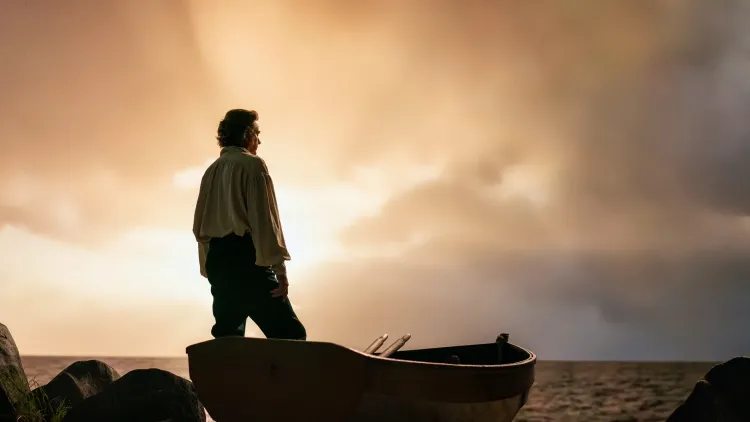
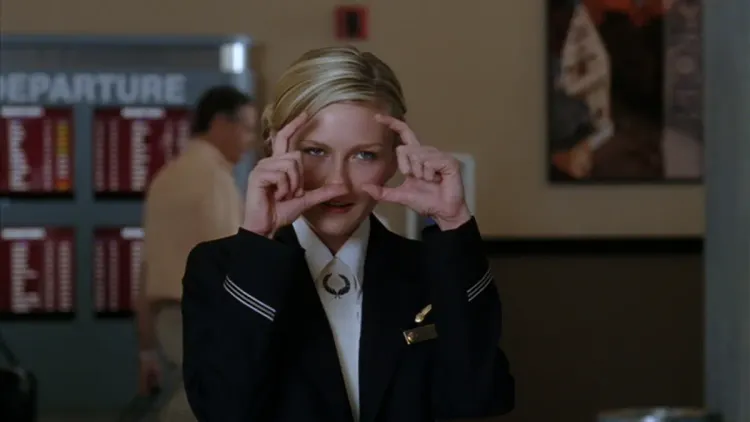
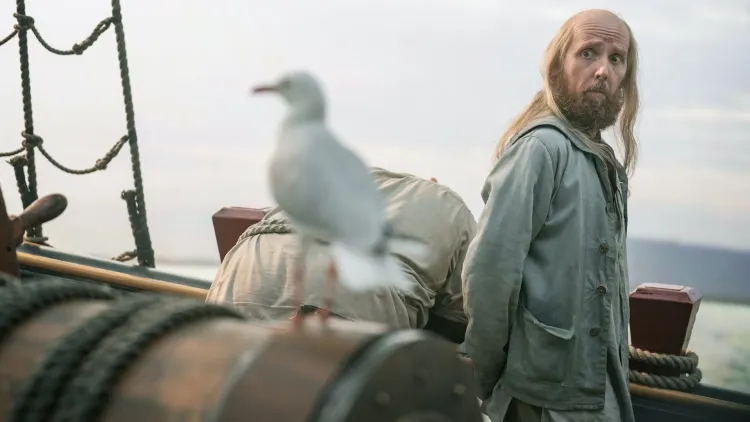

Member discussion